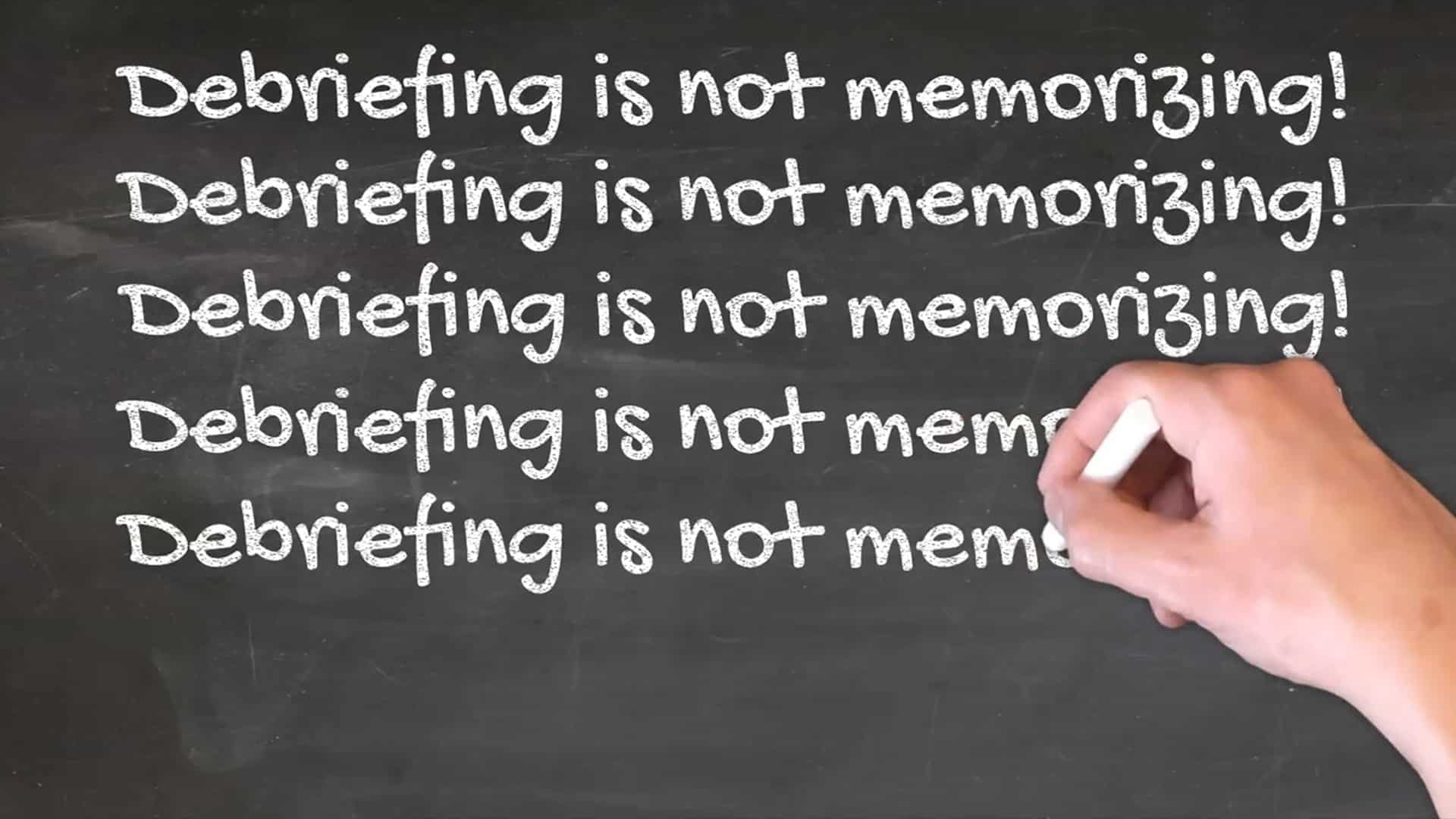(Posted July 2021)
This will likely come as a surprise to many of you but the most critical part of preparing for the CFE is NOT just writing cases or memorizing the solutions in the marking guides. It’s what you do AFTER you write and mark a case.
Many candidates say they read the marking guide (the suggested solution) and mark their response to see what rankings they scored, but they do not do much else. Other candidates flip immediately to technical review and study everything that was tested in the case. Neither strategy is effective in helping you retain the knowledge you needed to apply in the case. Do not assume that the issues with your case response were technical weaknesses. There are many other reasons that you may have struggled with a specific issue.
Debriefing effectively means looking at the case, the solution in the marking guide, and your response – all at the same time. You need to break down the assessment opportunities to understand how they were triggered, look at which case facts were applied to the relevant technical, and then trace those details back to the case to see where they triggered.
For each assessment opportunity (AO) in the case where you did not score Competent, you need to go back and determine why you did not score Competent. Why did you score Not Addressed or Nominal Competence? Then, deal with that problem. If you misread case facts, go back to the case, reread those case facts and determine why you interpreted them incorrectly. For example, were you rushing your reading? Were you not tracking case facts effectively as you read?
Consider keeping a list of corrective actions to eliminate the weaknesses you identify while debriefing your responses. You also need to regularly review that list of corrective actions. This will help you ensure that you are not continuing to make the same mistakes each time you write a case. Make it a goal to focus on the specific actions that may be occurring most frequently. Once you have succeeded in fixing the issue, you can remove the item from your corrective actions list.
The “answer” to a case is never a guess, it always comes from the case itself – you just need to know how to see it. This is what proper debriefing teaches you and why successful writers learn to debrief well. Perhaps you misread case facts or interpreted them incorrectly. Perhaps you missed part of the required. Perhaps you used too much time on one issue and ran out of time for the others. These are all reasons for poor performance that do not relate to your technical knowledge. To learn effectively, you have to dig deeper to determine what caused the poor ranking and deal with that specific problem.
You also need to actually attempt to rectify the issue by amending your response. For example, if you consistently forgot to explain the impact of the factors impacting the decision to be made, go back to your response and add in that impact to each of the factors you wrote. This will help train your brain to remember the need to include that component in your response for similar items going forward.
Another key component to debriefing is understanding what it takes to score Competent using the Densmore marker grids or the Capstone 2 feedback guides. For this, you will want to debrief every AO, even those where you did score Competent. As you debrief your cases, you will start to see patterns for how many issues were needed or how much depth is required to score Competent. This is a critical step to improving your case writing because it will help you better manage your time and focus on the important items.
Memorizing solutions is a mistake some writers make each year when preparing for the CFE. Avoid falling into this trap! The cases on the CFE will never be the same, and you will need strong reading skills to adapt to the differences and pass. The only way to get these skills is to properly debrief each case. Learn from each case you write between now and the CFE.
There is still lots of time between now and the CFE, with many cases to write, mark, AND debrief. Learn from each one. If you need additional practice cases, check out our CFE resources.




